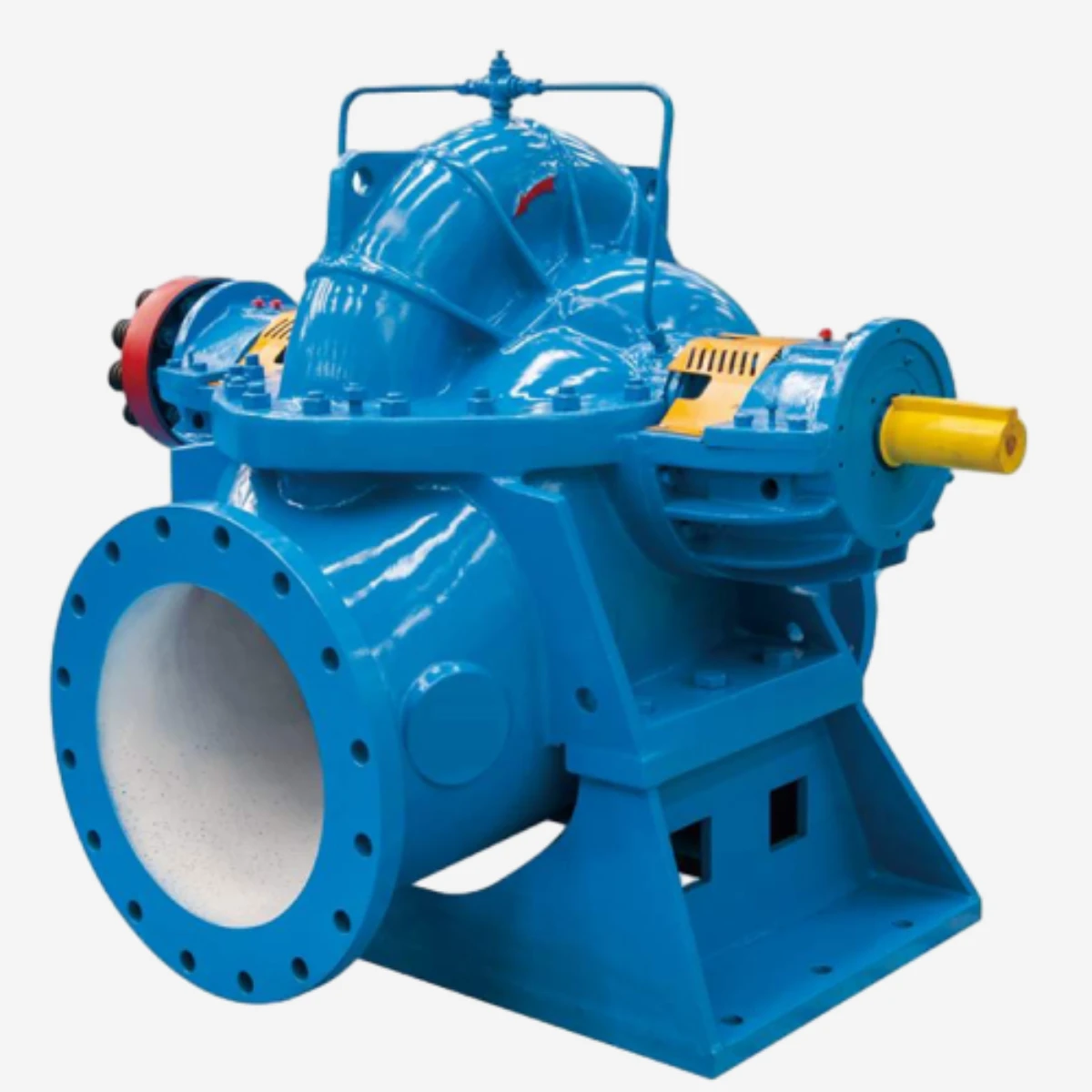English
- Afrikaans
- Albanian
- Amharic
- Arabic
- Armenian
- Azerbaijani
- Basque
- Belarusian
- Bengali
- Bosnian
- Bulgarian
- Catalan
- Cebuano
- Corsican
- Croatian
- Czech
- Danish
- Dutch
- English
- Esperanto
- Estonian
- Finnish
- French
- Frisian
- Galician
- Georgian
- German
- Greek
- Gujarati
- Haitian Creole
- hausa
- hawaiian
- Hebrew
- Hindi
- Miao
- Hungarian
- Icelandic
- igbo
- Indonesian
- irish
- Italian
- Japanese
- Javanese
- Kannada
- kazakh
- Khmer
- Rwandese
- Korean
- Kurdish
- Kyrgyz
- Lao
- Latin
- Latvian
- Lithuanian
- Luxembourgish
- Macedonian
- Malgashi
- Malay
- Malayalam
- Maltese
- Maori
- Marathi
- Mongolian
- Myanmar
- Nepali
- Norwegian
- Norwegian
- Occitan
- Pashto
- Persian
- Polish
- Portuguese
- Punjabi
- Romanian
- Russian
- Samoan
- Scottish Gaelic
- Serbian
- Sesotho
- Shona
- Sindhi
- Sinhala
- Slovak
- Slovenian
- Somali
- Spanish
- Sundanese
- Swahili
- Swedish
- Tagalog
- Tajik
- Tamil
- Tatar
- Telugu
- Thai
- Turkish
- Turkmen
- Ukrainian
- Urdu
- Uighur
- Uzbek
- Vietnamese
- Welsh
- Bantu
- Yiddish
- Yoruba
- Zulu
Telephone: +86 13120555503
Email: frank@cypump.com
Dec . 18, 2024 05:58 Back to list
chemical resistant tubing for peristaltic pump
Chemical Resistant Tubing for Peristaltic Pumps A Comprehensive Overview
Peristaltic pumps are widely used in various industries, from pharmaceuticals to food processing, for their ability to gently and efficiently handle a variety of fluids. One of the most critical components of these pumps is the tubing, which needs to be both functional and durable. Selecting the right chemical-resistant tubing is essential for optimal performance and longevity of the peristaltic pump, particularly when transferring aggressive or sensitive fluids.
Understanding Peristaltic Pumps
Peristaltic pumps operate through a simple mechanism a rotor equipped with rollers or shoes compresses the tubing, creating a vacuum that draws fluid into the pump and then expels it through the outlet. This action mimics the natural peristaltic motion seen in biological systems, which makes these pumps ideal for transferring delicate fluids without causing damage.
The Importance of Chemical Resistance
The materials used for peristaltic pump tubing must be chemical resistant to endure the various substances they will encounter. Many industries use aggressive chemicals that can corrode or degrade inferior tubing materials. Common challenges include exposure to acids, bases, solvents, and other hazardous materials, which can weaken the tubing, leading to leaks, contamination, and equipment failure.
Materials for Chemical Resistant Tubing
1. Silicone Silicone tubing is flexible and has a high temperature resistance, making it suitable for a wide range of applications. However, while it is chemically resistant to many substances, it may not stand up against all chemicals, particularly strong solvents.
2. PVC (Polyvinyl Chloride) PVC is a cost-effective choice that offers good flexibility and resistance to a range of chemicals. However, it may not perform well in high-temperature applications.
3. Tygon Tygon tubing is made from a variety of materials tailored for specific chemical compatibility. It provides excellent clarity and flexibility, making it a popular choice for laboratory and food processing applications.
chemical resistant tubing for peristaltic pump

4. Santoprene This thermoplastic elastomer is known for its durability and excellent chemical resistance. Santoprene tubing is a good choice for applications requiring a combination of chemical resistance and flexibility.
5. FEP (Fluorinated Ethylene Propylene) FEP tubing is highly resistant to chemicals and can withstand high temperatures. Its non-stick surface reduces the chance of fluid adhesion, which is beneficial for maintaining flow consistency.
Selecting the Right Tubing
When selecting chemical-resistant tubing for a peristaltic pump, several factors should be considered
- Chemical Compatibility Always reference compatibility charts to ensure that the chosen material will function effectively with the specific fluids being used. - Temperature Range The tubing must be able to withstand the temperature of the fluid being pumped, including any potential heat generated during operation.
- Diameter and Flexibility Proper sizing is essential for optimal pump performance. The tubing needs to be flexible enough for the pump mechanics but also strong enough to prevent kinking.
- Sterility Requirements In industries such as pharmaceuticals and food processing, the sterility of materials used is critical. Ensure the selected tubing is compliant with relevant regulations.
Conclusion
Choosing the correct chemical-resistant tubing for peristaltic pumps is a vital step in ensuring efficient and safe fluid transfer in various industries. By understanding the properties of different materials and their applications, users can make informed decisions that not only improve performance but also enhance the safety and reliability of their pumping systems. Investing time in selecting the right tubing will pay off in the long run, protecting equipment, ensuring product integrity, and maintaining operational efficiency.
-
Reliable Non-Clog Sewage Pumps with GPT-4-Turbo Tech
NewsAug.04,2025
-
High-Performance Air Pumps for Sand & Gravel | Efficient Transport
NewsAug.03,2025
-
ISG Series Vertical Pipeline Pump - Chi Yuan Pumps Co., LTD.|Energy Efficiency, Corrosion Resistance
NewsAug.03,2025
-
ISG Series Pipeline Pump - Chi Yuan Pumps | Energy Efficiency&Compact Design
NewsAug.03,2025
-
ISG Series Vertical Pipeline Pump - Chi Yuan Pumps Co., LTD.|High Efficiency, Low Noise, Durable
NewsAug.02,2025
-
ISG Series Vertical Pipeline Pump - Chi Yuan Pumps | High Efficiency, Low Noise
NewsAug.02,2025










